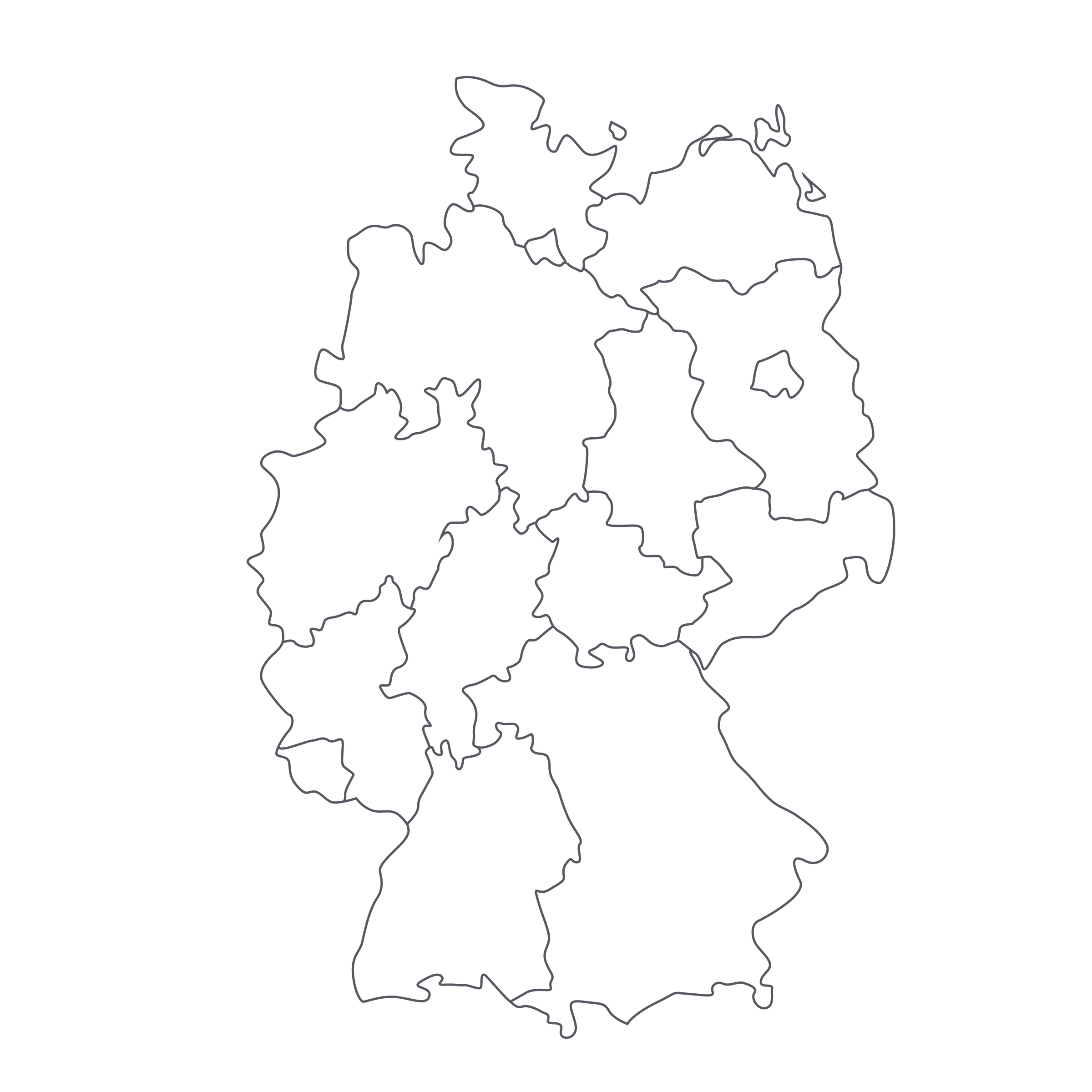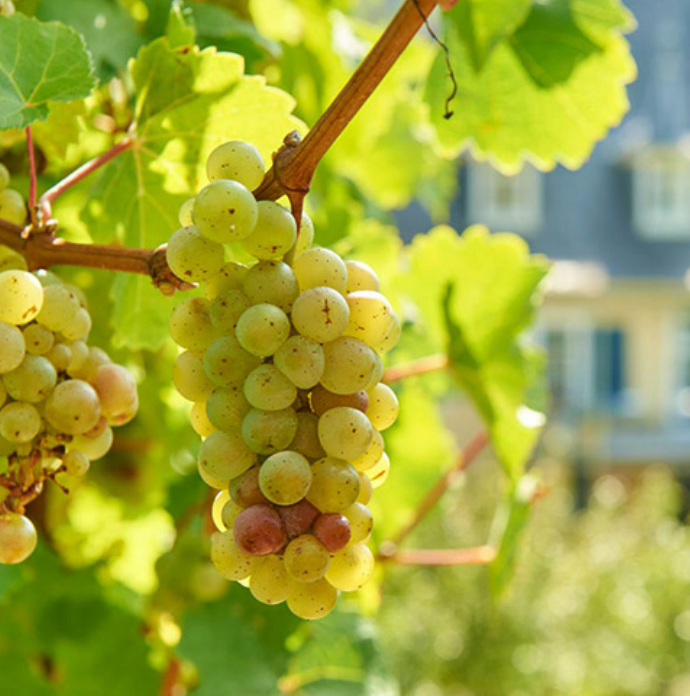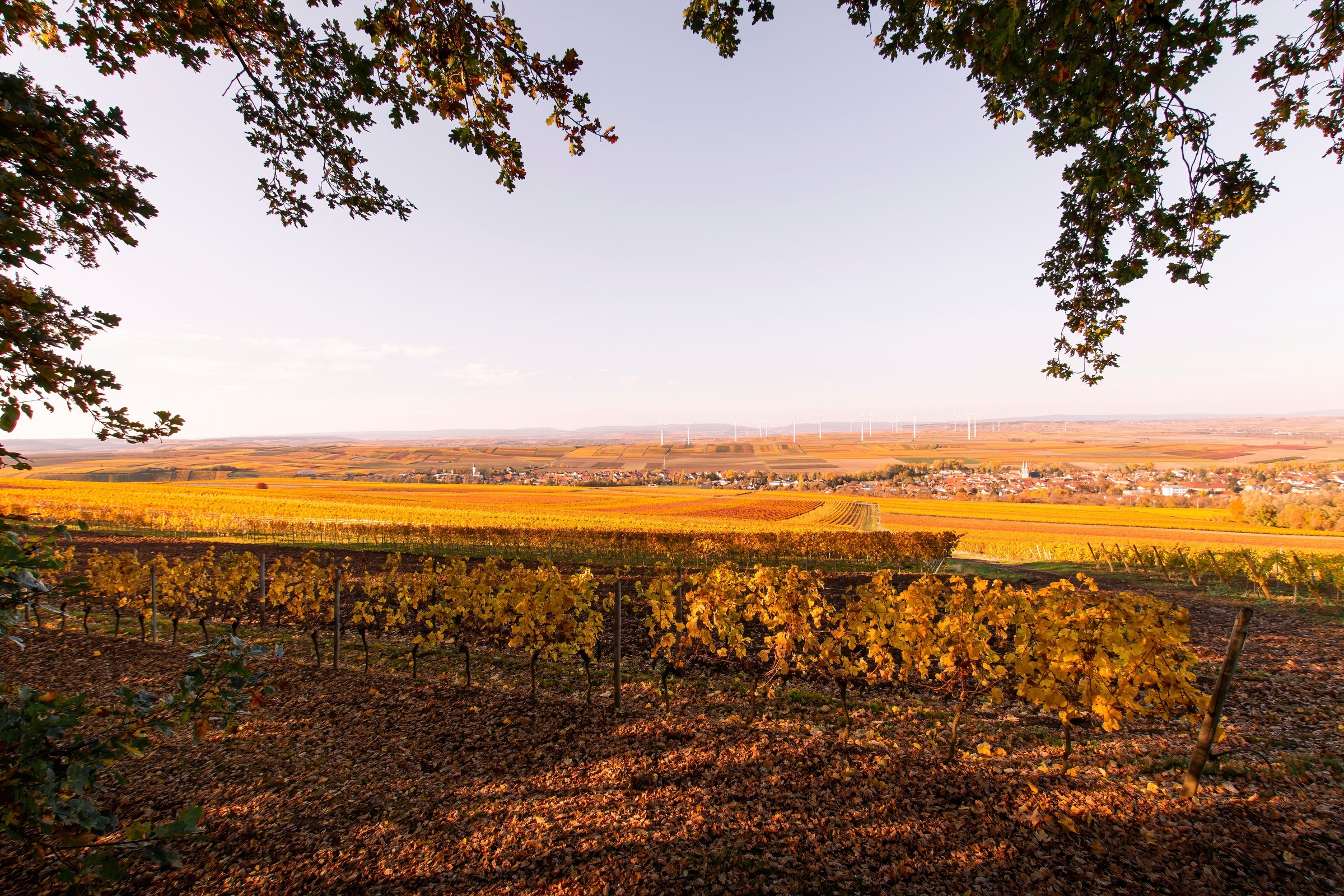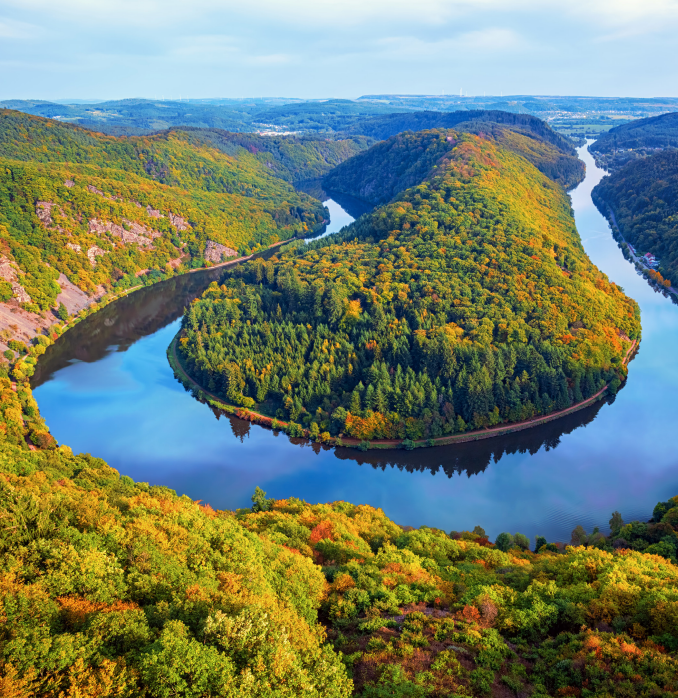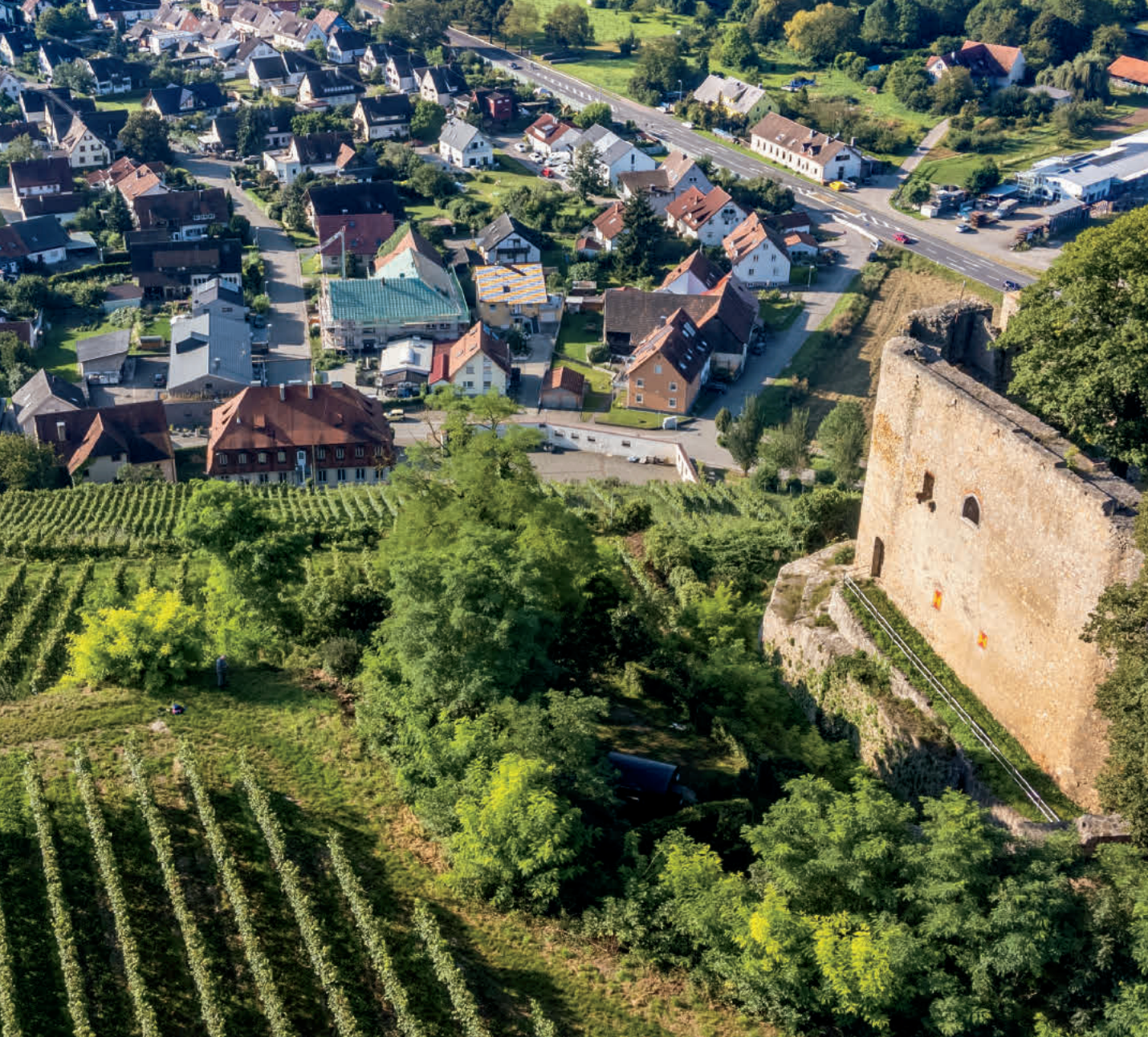Looking back on our recent tasting history, I cannot think of another Riesling that over-delivers at the level of today’s “Lenz” from Emrich-Schönleber. The only possible explanation is that it hails from the Nahe, which isn’t the most famous of Germany’s Rhine-adjacent wine regions because, otherwise, this is as pedigreed as it gets.
Let’s start with its acclaimed producer, Emrich-Schönleber, nicknamed “the modest giant of Monzingen” for their tireless, albeit quiet work in one of the Nahe’s most prized sub-regions. Successive generations of Schönlebers have made wine here for centuries and have several Grosses Lage (“Grand Cru”) vineyards among their holdings, including one that supplies most of the fruit for their “Lenz” bottling. Today’s 2018 is just a kiss away from dry, the type of chiseled, rapturous Riesling that lingers in your memory and ages longer and more gracefully than anyone has a right to expect from a $36 bottle of wine. But the Schönleber family has a more expansive concept of time than the rest of us: their pricing reflects the same slow, incremental change that has preserved their legacy of perfection since the 1700s. You should pay attention, then, when they say the 2018 vintage was their most beautiful yet, truly “unimaginable for all of us.” This bottle transcends mere goodness and ventures into the misty realms of legend. Snap it up now, before more Riesling lovers wake up to their greatness.
Today, just as in the last 200 years, Emrich-Schönleber is run by the Schönleber family. Every member has a role at the estate: patriarch Werner Schönleber has 40 years of viticultural experience in Monzingen, and the iron calf muscles to prove it. His son, Frank, helps in the vineyard during the growing season but moves to the cellar once harvest begins. As winemaker, Frank follows the grape from vine to bottle, coaxing forth the personality of each vintage. Werner’s wife, Hanne, is in charge of sales and hospitality, while Frank’s wife, Anja, is busy raising the next generation of Schönleber winemakers, daughter Amelie. The Schönlebers tend to their family as carefully and attentively as they do their vineyard holdings. Their traditions have been passed down through generations, purified, and pruned until their wines reflect the strength of their convictions.
Their winemaking isn’t flashy but perfectly attuned to their land and rooted in sustainability. Today, their 20 hectares of vineyard are planted mostly to Riesling, supplemented by Grauburgunder (Pinot Gris) and Weissburgunder (Pinot Blanc). Since 1994, they’ve been a member of the Verband Deutscher Prädikatsweingüter (VDP), the world's oldest association of elite wine estates, and two of their vineyards (“Frühlingsplätzchen” and “Halenberg”) are classified as “Grosse Lage,” the German equivalent of French “Grand Cru.”
“Lenz” is made from 100% Riesling grown primarily in the Frühlingsplätzchen vineyard. This legendary site has a southwest-to-southeast exposure, perfect for capturing the sunlight on its 70% incline. Its soils are predominantly red slate and gravel interspersed with a special red loam called Rotliegend. The winter snows melt in Frühlingsplätzchen first, and spring comes early, which is why the name translates to something like the little springtime place in Monzingen, or the Monzingen springtime biscuit. While the 2018 harvest was early, it was unparalleled in quality. The ‘Lenz’ is made in stainless steel and big oak vats dating back to the 1970s, the perfect material to preserve this astonishing purity of fruit.
Compared to previous vintages I’ve tasted, the 2018 Lenz has a touch more fruit and body. Even at three years of age, it’s particularly focused and animated, but the aging potential is dizzying...if you can keep your hands off it! This wine is slightly off-dry, with delicate aromas of snowdrops, citrus rind, yellow peaches, and apple blossoms. There is an extra-fine element of minerality on the palate which keeps the sweeter fruit at bay. The wine blossoms on the palate, rich with wildflower honey, slate, wild apricot, and crystallized grapefruit. It’s satisfyingly full-bodied with barely perceptible, perfectly integrated sweetness and bright natural acidity. This wine needs absolutely no adornment; drink it with simple seafood, like soft shell crab with a squirt of lemon. A few years of cellaring will lend a more pronounced mineral quality that makes Frühlingsplätzchen wines increasingly electrifying with age. Especially when you factor in the price, this wine is poised to blow you away. Don’t miss it!


